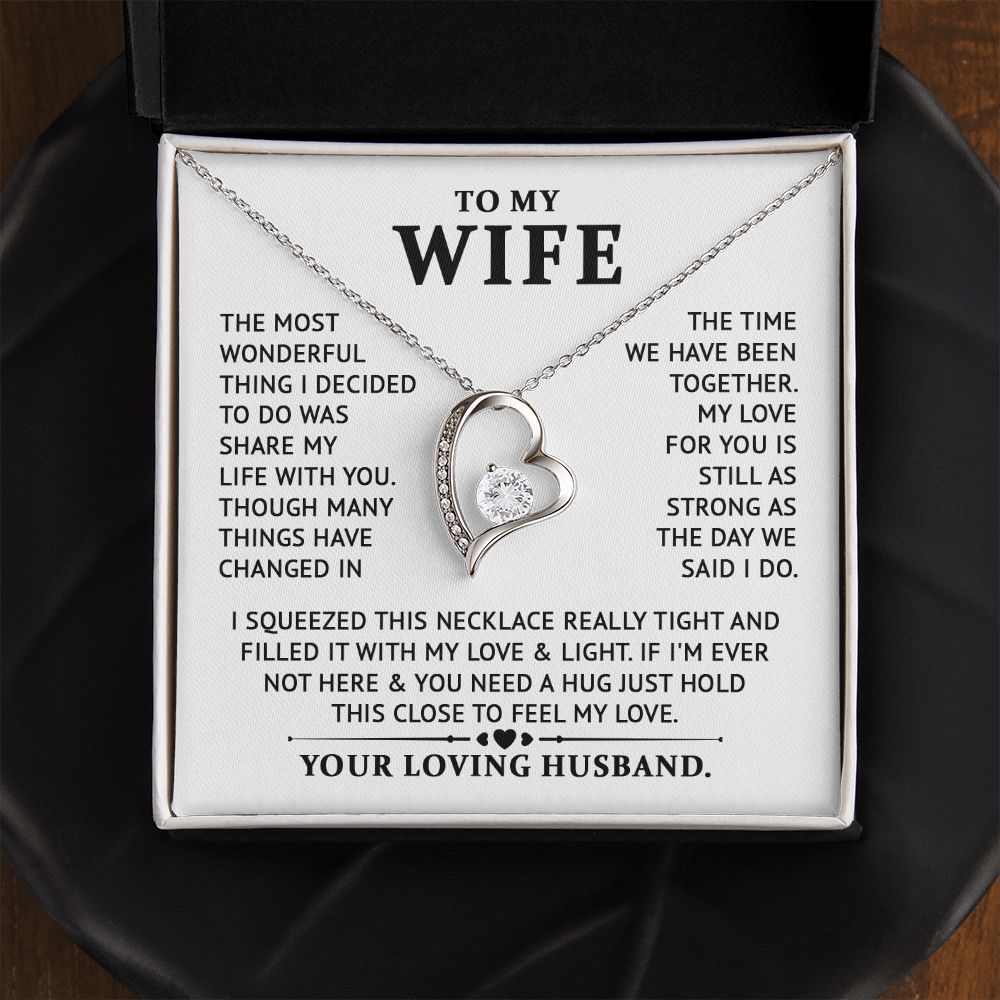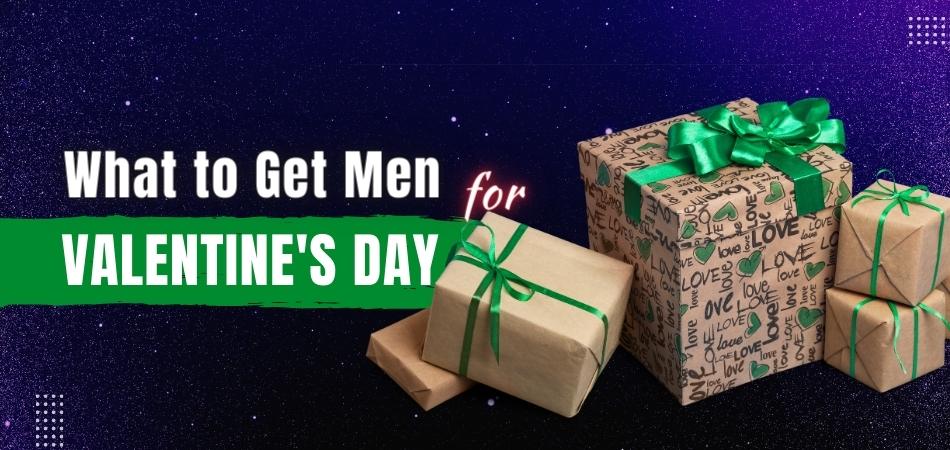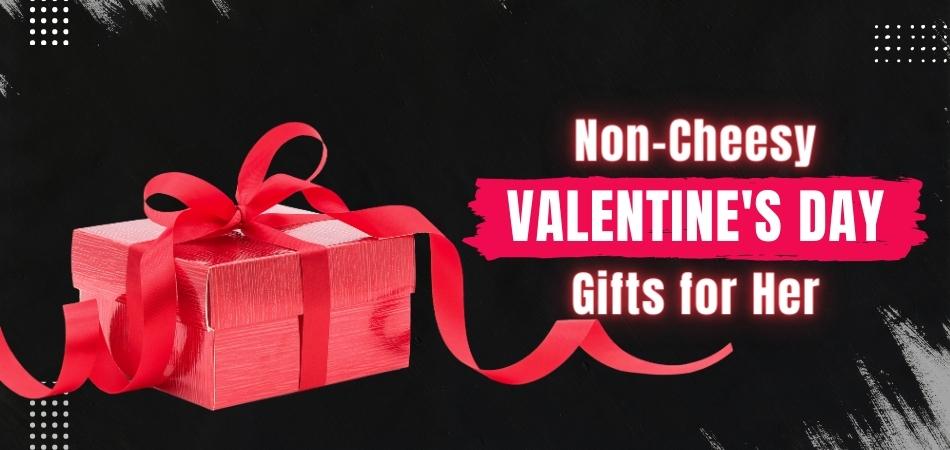How Many Pearls Do You Need for a Necklace?
When it comes to pearls, there is no definitive answer as to how many you need for a necklace. It all depends on the style of the necklace and the look you are going for. If you want a more delicate and dainty look, then fewer pearls will suffice.
It depends on the size of the pearls and the desired necklace length. Generally, you'll need abou70-90 pearls for a 16-inch necklace, and 100-140 pearls for an 18-inch necklace.
If you're using small to medium-sized pearls, you can use either knotted or unknotted necklaces. If you're using large pearls, it's best to use a knotted necklace so that the weight of the pearls doesn't pull on the clasp over time.
However, if you are looking for a more dramatic and statement-making piece, then you will need more pearls. Ultimately, it is up to you to decide how many pearls you need for your necklace.
What is the Average Size of Pearls on a Necklace?
The average size of pearls on a necklace can vary depending on the type of pearl, the length of the necklace, and the overall style.
For example, Akoya pearls are typically small in size, between 2 and 10 millimeters. Freshwater pearls tend to be larger, between 6 and 12 millimeters. Tahitian pearls are the largest type of pearl, averaging between 9 and 15 millimeters.
When it comes to necklaces, chokers are typically 14 to 16 inches in length and have smaller pearls, while opera-length necklaces can be up to 36 inches long and can accommodate larger pearls.
Ultimately, the best way to determine the average size of pearls on a necklace is to consult with a jeweler or other expert who can help you select the right pearls for your desired look.
How Much Does Real Pearl Necklace Cost?
When it comes to pearls, there is no definitive answer to the question of cost. The price of a real pearl necklace can vary based on a number of factors, including the type and quality of pearls used, and the length and style of the necklace.

Any special features or design elements that may be incorporated into the piece. In general, however, you can expect to pay anywhere from $100 to $10,000 or more for a real pearl necklace.
The most important factor affecting the cost of a pearl necklace is the quality of the pearls themselves. The finest quality pearls are known as “Akoya” pearls, which come from Akoya oysters found in Japanese waters.
These pearls are typically white or cream-colored with a high degree of luster and smoothness.
Because they are so rare and difficult to produce, Akoya pearls command some of the highest prices in the world a single strand can easily cost several thousand dollars. Other popular types of a pearl include “Tahitian” black Pearls (grown in French Polynesia), South Sea Pearls (from Australia), and freshwater Pearls (found in rivers and lakes throughout Asia).
These different types of pearls vary widely in color (from white to black), size (from 2mm to 15mm), and shape (round or baroque).
As a result, they also vary widely in price; Tahitian black Pearls, for example, tend to be much more expensive than freshwater Pearls.
In addition to Pearl type and quality, another key factor affecting cost is length specifically, how many strands are required to create the desired effect.
A simple string of Akoya pearls might only require one strand (and could therefore be quite affordable), while an elaborate multi-strand necklace made with Tahitian black Pearls could easily run into thousands or even tens of thousands of dollars.
Finally, special features such as gold or diamond clasps can also add significantly to the overall cost of a Pearl necklace. So if you’re looking for an exquisite piece that will make a major fashion statement, be prepared to spend accordingly!
What is the Most Common Size for Pearl Necklace?
When it comes to pearl necklace lengths, the most common size is 18 inches. This length is flattering on most women and can be worn with a variety of necklines. If you’re looking for a pearl necklace that will make a statement, opt for a longer length such as 24 or 36 inches.
When it comes to adding a pearl necklace to your wardrobe, there are a few things you need to take into account in order to ensure you’re getting the most bang for your buck.
Here, we’ll outline everything you need to know in order to get the most value out of your purchase. First and foremost, it’s important to understand that not all pearls are created equal.
There are many different types of pearls on the market, each with its own unique set of characteristics. In general, however, pearls can be classified into two main categories: cultured and natural. Cultured pearls are grown in captivity, typically in saltwater oysters.
These pearls tend to be more uniform in size and shape than their natural counterparts and often fetch a higher price tag as a result.
Natural pearls, on the other hand, form completely spontaneously in wild oysters and are thus much rarer (and often more valuable). When shopping for pearl jewelry, keep an eye out for pieces that feature high-quality Akoya or Tahitian pearls.
These varieties tend to be some of the most lustrous and durable on the market, making them ideal for both everyday wear and special occasions alike. Of course, no matter what type of pearl you ultimately choose, it’s important to take proper care of your jewelry if you want it to last for years (or even decades) to come.
Avoid exposure to harsh chemicals or excessive heat whenever possible, and always store your pearls in a cool, dry place when they’re not being worn.
How Many 8Mm Beads to Make a Bracelet?
How many 8mm beads to make a bracelet? This is a question that we get asked a lot. The answer really depends on the size of your wrist and how many beads you want to use.
For example, if you have a small wrist, you may only need 40 beads. If you have a larger wrist, you may need 60 beads. To determine how many beads you’ll need, start by measuring your wrist with a tape measure.
Then, decide how many beads you want to use. A good rule of thumb is 10-12 beads per inch of wrist circumference. So, if your wrist measures 6 inches around, you’ll need 60-72 beads for your bracelet.
Once you know how many beads you need, select the type of bead that you want to use.
There are lots of different types of 8mm beads available, so take some time to browse through all of the options before making your final decision. Once you’ve selected your bead, string them onto beading wire or stretchy cord using a needle and thread.
Finally, add a clasp to one end and enjoy wearing your beautiful new bracelet!
To get some beautiful silver bracelets and jewelry visit fetchthelove store. You will get free shipping after ordering above $50 of jewelry.
How to Start a Pearl Necklace?
When it comes to starting a pearl necklace, there are a few things you’ll need to keep in mind.
- First, choose the right pearls. There are many different types of pearls, so be sure to pick the ones that best suit your taste and style.
- Second, get the proper length for your necklace. The length will depend on the size of your neck and how low you want the necklace to hang.
- Third, consider what type of clasp you’ll need. There are many different kinds of clasps available, so be sure to pick one that’s both functional and stylish.
- Fourth, string your pearls using either silk or nylon thread.
- And lastly, wear your new pearl necklace with pride!
Conclusion
You don’t need very many pearls to make a necklace usually between 20 and 30 will do the trick. The number of pearls you’ll need depends on the size of the pearls and how far apart you want them spaced.
If you’re using large pearls, you won’t need as many, but if you want them spaced closer together, you’ll need more.























